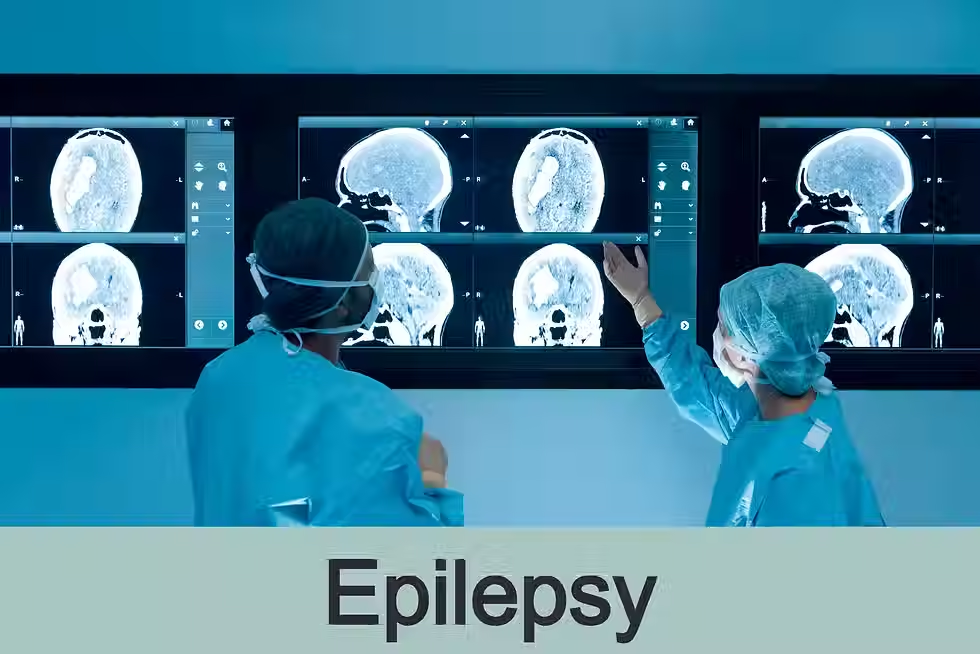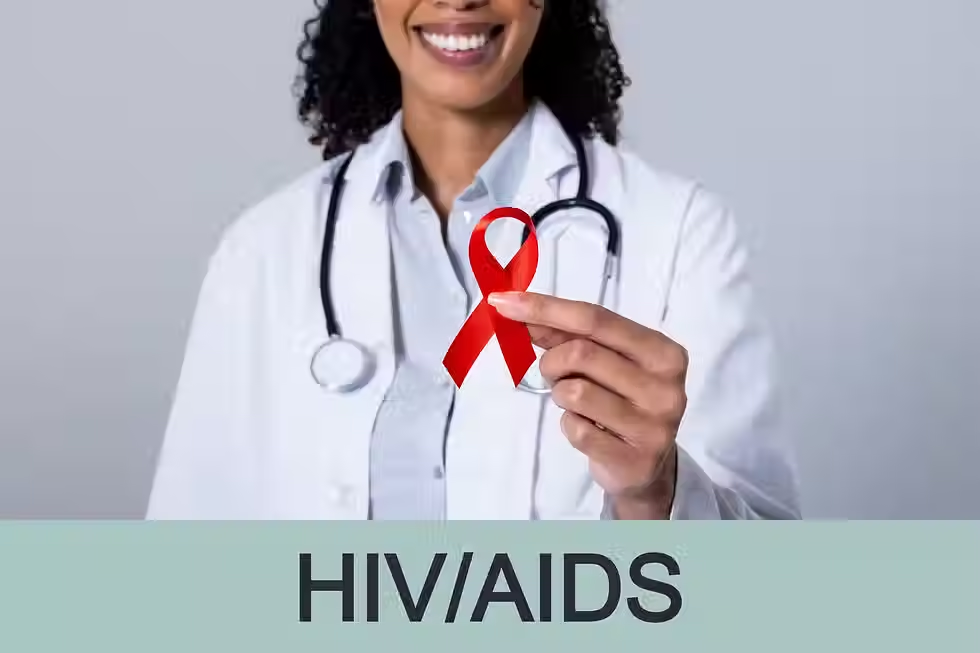Medical Marijuana for Pain Management: A Comprehensive Guide for Florida Patients
- drkhanna
- Jul 16
- 3 min read
Updated: Jul 18
Estimated reading time: 7 minutes

1. Why Talk About Medical Marijuana and Pain?
Nearly 1 in 5 adults lives with chronic pain, and many find limited relief or experience serious side effects from conventional drugs like NSAIDs, gabapentinoids, or opioids. Medical marijuana for pain management can give patients the relief they seek.
Recent research suggests cannabinoids may provide moderate pain relief with fewer severe adverse events, and even help cut opioid use. ([PMC](https://pmc.ncbi.nlm.nih.gov/articles/PMC11940634/))
2. How Medical Marijuana Works
Cannabinoids (THC, CBD, CBG, THCV, and others) engage the endocannabinoid system. They interact with CB1 receptors in the brain and spinal cord and CB2 receptors in immune tissues to reduce pain signaling and inflammation. ([PMC](https://pmc.ncbi.nlm.nih.gov/articles/PMC11940634/))
Key take-aways:
Cannabinoid | Main Action | Psycho-activity |
THC | Direct CB1 agonist → analgesia, muscle relaxation | Yes |
CBD | Indirect CB2 modulation → anti-inflammatory, counters THC anxiety | Minimal |
Emerging (CBG, THCV) | Analgesia with reduced “high” | Very low |
3. What Does the Evidence Say about Medical Marijuana for Pain Management?
Moderate efficacy for neuropathic pain, fibromyalgia, cancer-related pain, and MS-spasticity. (PMC)
Opioid-sparing effect: Patients using cannabis often report lower opioid doses and better quality of life. (PMC)
Meta-analyses (2025) show average Numeric Rating Scale (0-10) pain reductions of 0.4-0.7 points versus placebo—small but clinically meaningful for many.
Safety profile: Serious adverse events are rare; common ones include dizziness, dry mouth, or drowsiness. The risk of cannabis use disorder is ~29% in lifetime heavy users, so physician monitoring matters.
4. Florida’s 2025 Legal Landscape (Quick Facts)
Step | What You Need |
Diagnosis | A qualified physician (Dr. Khanna is board-certified in Internal Medicine & certified in Pain Management) must document a qualifying condition—including chronic non-malignant pain that “persists beyond the usual course” of an underlying illness.(knowthefactsmmj.com) |
Registry | Physician enters you into the Medical Marijuana Use Registry (MMUR) and places your initial order. |
ID Card | Apply online; $75 state fee; renew annually.(knowthefactsmmj.com) |
Dispensing Limits | Default 70-day limits per route; smokable flower capped at 2.5 oz per 35 days (4 oz possession). Exceptions require a formal OMMU request.(knowthefactsmmj.com) |
Products Allowed | Oils/tinctures, capsules, edibles, topical creams, vaporizer cartridges, and (since 2019) whole-flower for smoking. |
Important: Marijuana remains federally illegal; do not carry it across state lines.
5. Finding the Right Product & Dose
Route | Onset | Duration | Best For |
Inhaled (vape/flower) | 5-10 min | 2-4 h | Break-through pain, episodic neuropathic flares |
Oral capsules/edibles | 45-90 min | 6-8 h | Overnight relief, steady background pain |
Sublingual tincture | 15-30 min | 4-6 h | Flexible daytime dosing |
Topicals | 15-30 min | 2-6 h | Local joint/muscle pain without systemic “high” |
Start low, go slow: many patients begin at 1–2 mg THC + 2–5 mg CBD and titrate every 3–7 days under physician guidance.
6. Who Should Be Cautious?
- Cardiovascular disease or arrhythmia
- Pregnancy or breastfeeding
- History of psychosis or bipolar disorder
- Active substance-use disorder
Dr. Khanna provides thorough risk–benefit counseling and informed-consent documentation compliant with Florida Board of Medicine guidelines. http://knowthefactsmmj.com
7. Frequently Asked Questions
Will I feel “high”? Low THC doses (≤ 5 mg) or balanced 1:1 THC:CBD products often produce relief without significant euphoria—though psychotropic effects vary individually.
What about drug tests? THC can remain detectable for days to weeks. Discuss employment policies before starting.
8. Getting Started with Florida Primary Care Center
1. Schedule a telehealth or in-office consultation with Dr. Khanna.
2. Bring relevant records: (imaging, medication list, prior treatments).
3. Develop a personalized plan—often combining medical cannabis with physical therapy, mindfulness, and lifestyle optimization.
4. Ongoing monitoring: We review symptom scores, side effects, and adjust dosing every 210 days (or as needed) to keep you safe and comfortable.
Ready to explore cannabinoid therapy? Call (407) 299-7791 or book online at http://www.khannawellness.com to reserve your appointment.
9. Key Takeaways
- Cannabinoids offer moderate pain relief and potential opioid-sparing benefits.
- Florida’s program is mature: clear rules, numerous dispensaries, and telemed renewals.
- Success depends on individualized dosing, product selection, and expert follow-up—all integral parts of our pain-management protocol.
This article is for educational purposes only and does not replace professional medical advice. Always consult a qualified healthcare provider before starting or changing any treatment.*
Written by Florida Primary Care Center Last updated: July 15, 2025
Feel free to share this post with friends or family who may benefit. If you have any questions, drop them in the comments—our team is here to help!






Comments